Backpacking Around Belize
What to see and do in this tropical paradise + how I plan family trips
In my alternate imaginary life, I’d be a travel advisor who designs fun and exciting itineraries for people wanting to get off the beaten track in foreign countries. But no one pays me to do that, so I pour my efforts into doing it for my own family, which has the added benefit of meaning I get to go on the trips I design!
Our latest was a 10-day backpacking trip around Belize. We just got home this past Sunday and are still riding that glorious post-trip high, mixed with sadness at the trip being over. My husband said it was the best trip he’s ever done (I’ll take that as a compliment) and my youngest kid has been moping around the house, saying he’s “Belize-sick” and wants to go back.
In this post, I want to offer an overview of where we went and what we did, followed by an explanation of how I approach travel planning.
But first, why is no one talking about Belize?! It’s spectacular! Despite having been to most countries in Central America, it never occurred to me to visit Belize until my brother went in January, and a close friend suggested it as a good place to see tropical wildlife. My oldest son has been begging for years to go snorkelling somewhere warm. Tickets were affordable and direct from Toronto, so I booked five without doing further research.
After booking, I encountered a surprising number of people who said they’d been to Belize and loved it. In fact, there wasn’t a single person who didn’t rave about it. As one man told me, “It has the best islands in the Caribbean, but we want to keep them a secret!” Alas, forgive me for letting the cat out of the bag…
Our trip started in the south of the country. We rented a car at the Belize City airport and drove 2.5 hours to Placencia, which is a skinny peninsula that’s 25 kilometers long and only a few hundred meters wide. There is a fishing village at the end that has evolved into a tourist destination, though it still had a very local and lived-in feeling (as did the entire country). We stayed in a rustic oceanfront cabana that overlooked a white sand beach and palm trees.
From there, we traveled north to San Ignacio, near the Guatemalan border. The two-hour drive was gorgeous, through lush fields and jungle-covered mountains and tiny subsistence farms. We stayed in a privately owned cabin in the forest, elevated on stilts, where the owner encouraged our sons to hunt for tarantulas and scorpions using a flashlight at night. (They were unsuccessful, thank god.)
We wanted to see Mayan pyramids, so we visited a couple famous sights. To reach Xunantunich, we drove our car onto a tiny wooden ferry platform that used a hand-operated crank to pull us across a river. It was 41˚C that day.
The next day, we drove deep into the jungle to visit Caracol, a huge city-site that once housed 150,000 Mayans. The main temple, Caana (the “Sky Palace”), remains the tallest building in Belize. It was beautiful and majestic, and we were able to climb right to the top. There was just a handful of other visitors.
After several days in the jungle, we dropped the car at the airport and hopped onto a water taxi that took us to Caye Caulker, a small island in the Caribbean. This was one of those rare places where, within five minutes of setting foot on it, I didn’t want to leave; it felt so perfect.
There are no cars on Caye Caulker, only golf carts. The island is quiet and relaxed, a hot spot for backpackers seeking a calmer alternative to nearby San Pedro on Ambergris Caye, a neighbouring island. I met a couple who said it was their 40th visit to the island, and it’s not hard to see why.
Again, it had that local feeling that I love so much—the sense that people were going about their daily lives with tourists in the background, instead of tourists being the predominant force. Kids played at recess and practiced soccer, people hung out their laundry, and fishermen brought in their daily catch. I read a description that it’s like a tinier, safer, less developed Jamaica.
The highlight of Caye Caulker was a full-day snorkelling tour along the Belize Barrier Reef, which apparently is the second biggest in the world after Australia’s. We joined Carlos’ Snorkelling Tours on a beautiful catamaran and snorkeled at three sites—Coral Garden, Shark Ray Alley, and Hol Can Marine Reserve. We swam with nurse sharks (and even touched them!), eagle rays, parrotfish, groupers, and eels. We saw a huge sea turtle. I’ll never forget swimming over a “nest” of sleeping nurse sharks all curled up on the seafloor.
We spent one night in San Pedro, but disliked it so much that we went straight back to Caye Caulker the next day. (It didn’t help that we found ourselves checked into a dive of a hotel, complete with cockroaches and a dingy bathroom that was so sketchy I avoided drinking water and banned everyone from using the shower—not fun in the moment, but a good story after the fact.)
This is a good segue into my next point, about how I approach travel planning. The fact that I hadn’t booked accommodations in San Pedro beyond a single night meant that we had flexibility to go where we wanted—and that is critical to feeling that you’re in control of your own trip.
How to Plan a Family Trip
You can do all the research in the world, but until you get to a place and actually see and experience it yourself, it is impossible to know what you want to do and where you want to be. That’s why I always build in flexibility.
Plan the big pieces.
I create a rough, general itinerary based on what I learn about a country. For instance, I thought of Belize as being divided in two—south/jungle and north/islands. Our trip was divided between those two, so I booked a rental car for the first half and left the second half fairly open.
When I know nothing about a country, I look at formal itineraries offered by tour companies to get a sense of what the “must-sees” are. Then I build a plan around those, considering days of the week and where I want to be on weekends vs. weekdays.
Don’t book all accommodations.
I book a few initial nights in each place, but then I leave gaps to fill based on advice we get along the way. When you’re traveling off the beaten path, it’s not hard to find places to stay, especially with the help of the Internet. Often, after establishing a relationship with a place, they’ll give you a cash deal if you ask for additional nights.
On our last big family trip to Eastern Europe, I left the entire third week wide open and we ended up exploring Montenegro and Bosnia, which was never part of the original plan. I was so glad we hadn’t locked ourselves into accommodations elsewhere.
Set expectations.
I talk to my kids in advance about what I expect behaviour-wise while traveling—mainly, no complaining, no fighting, and an abundance of gratitude. I explain that travel can be unpredictable and tiring sometimes, that you have to be patient and cheerful for the sake of the whole family, but in the end, it’s always worth it.
Carry-on only
We never, ever, ever check luggage. It’s not worth the hassle, and you never know what kind of terrain you’ll be covering. I learned that lesson the hard way when I took a heavy wheeled suitcase deep into the cobblestoned labyrinth of Jerusalem’s Arab Quarter. I vowed always to travel with a backpack for the rest of my life! Every child carries their own backpack.
Talk to locals
The owner of our jungle cabin told me we had to book snorkeling with a guy named Carlos, since “he’s the best.” She gave me his number and I texted him directly to make the booking. It turns out, he is the best, and several U.S. embassy staff I met told me he’s the go-to guy and we were lucky to get in with him. And yet, I never would’ve known if it hadn’t been for that conversation and the fact that I hadn’t yet booked anything else.
Locals can also give you a sense of what’s safe and not. We read mixed reports about how dangerous Caracol was. Apparently, there were reports of Guatemalan militia groups crossing the border and robbing tourists; but everyone said it had settled down since Covid, and there were two military checkpoints along the road where we provided our names and time of entry, which everyone said was sufficient to ensure safety. We were fine.
No group tours
I don’t enjoy group tours. I much prefer to move freely and independently around a country at my own pace, especially when there’s five of us (who get hungry at unpredictable times). I do research in advance of visiting historical sites, e.g., I read Mayan history aloud to my kids for an hour the night before we went to Caracol. The only exceptions I make is for hard-to-access things like the snorkeling tour, and then it was totally worth it.
No all-inclusives, resorts, or cruises
I know many people love them, but I don’t. They feel like a mini piece of Canada/USA in another country, which is boring. I also struggle with their unethical economics, and the fact that the majority of dollars spent at all-inclusives end up leaving the host country.
Always carry cash
I carry local currency (and USD for emergencies) because it opens up opportunities to buy street food and interesting homemade products. Our best (and cheapest) meals were bought from street vendors, featuring pupusas, burritos, and fresh watermelon juice.
Find the right balance of activity and relaxation
It’s important to keep kids occupied when traveling, but also to ensure there is sufficient time for relaxation. I strive to plan days that have plenty of activity, but then try to choose accommodations with a pool that lets the kids continue playing in the evenings when my husband and I want to relax.
In conclusion, I don’t think that where you go matters as much as how you approach it. I have no doubt that we’d have a blast wherever we go, but Belize was truly a special place that I’d recommend to anyone wanting a great family-friendly tropical adventure.
More Travel Stories:
Adventures in Dawson City, Yukon
Canoe Trip
Little Cabin in the Big Woods
In Other News:
My new website is now live! Please check it out to learn more about what I do—and yes, I am available for speaking events, both live and on Zoom. I love talking to groups of all sizes about the importance of digital minimalism and practical ways to implement it.
I recently set up pledges for The Analog Family. If you enjoy my work, please consider making a financial pledge. This newsletter is a labour of love thus far, but it takes a lot of time and energy! Pledges are a wonderful motivator for this work that I consider to be more important than ever.
You can also show support by buying my book and leaving an Amazon review!

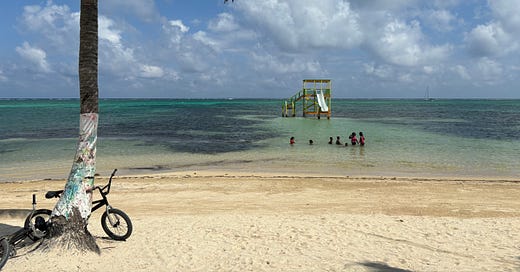




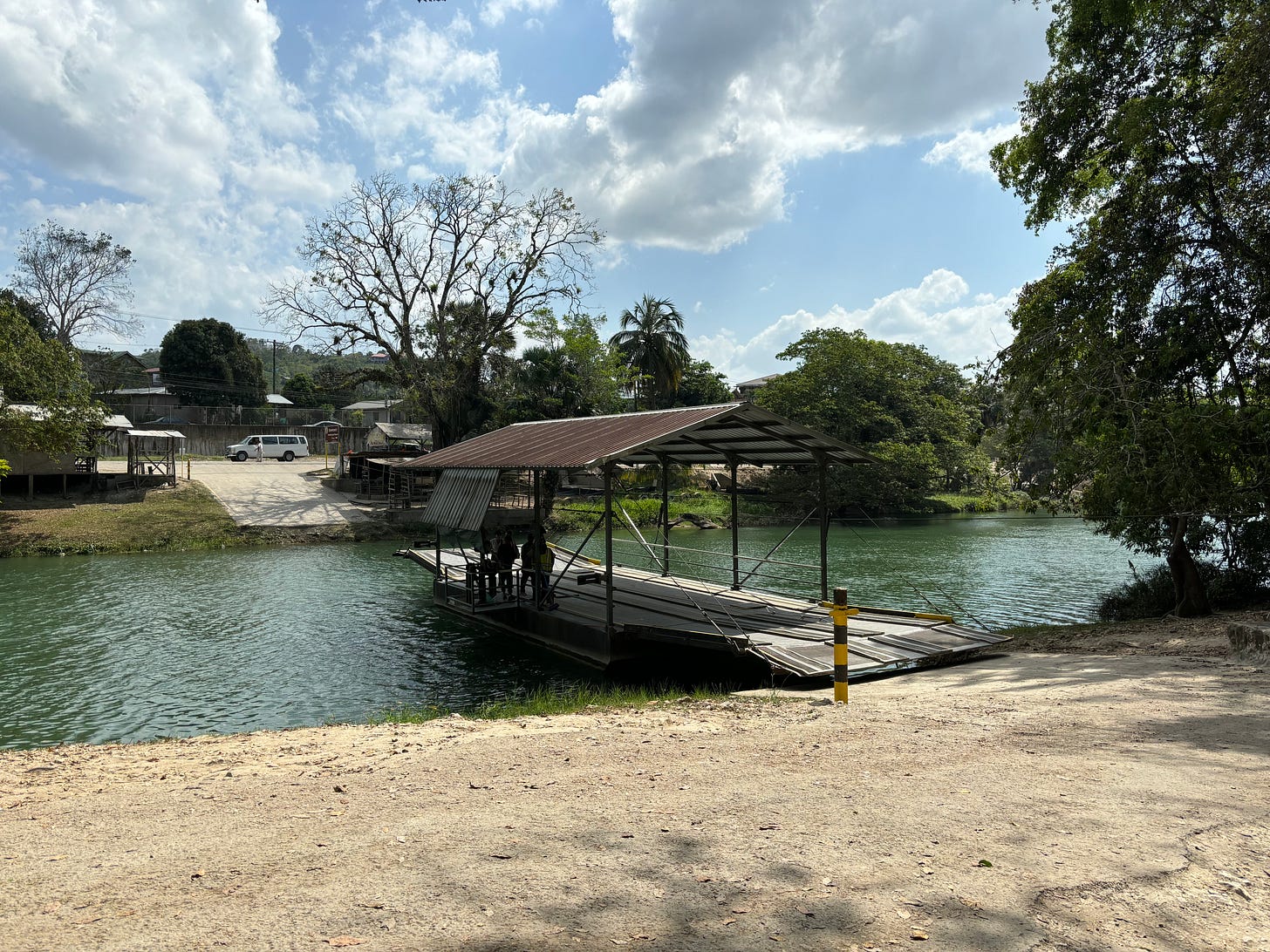


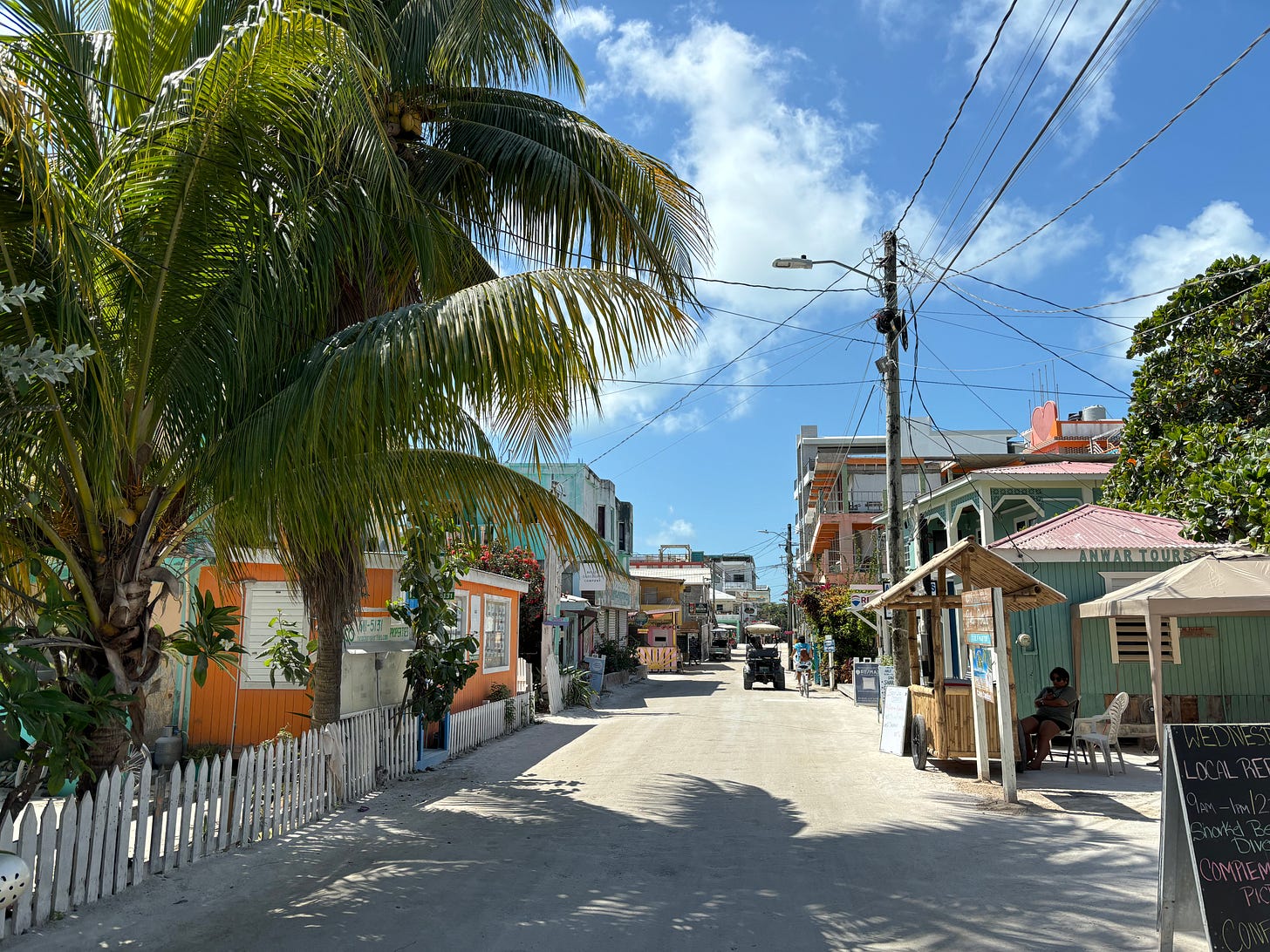
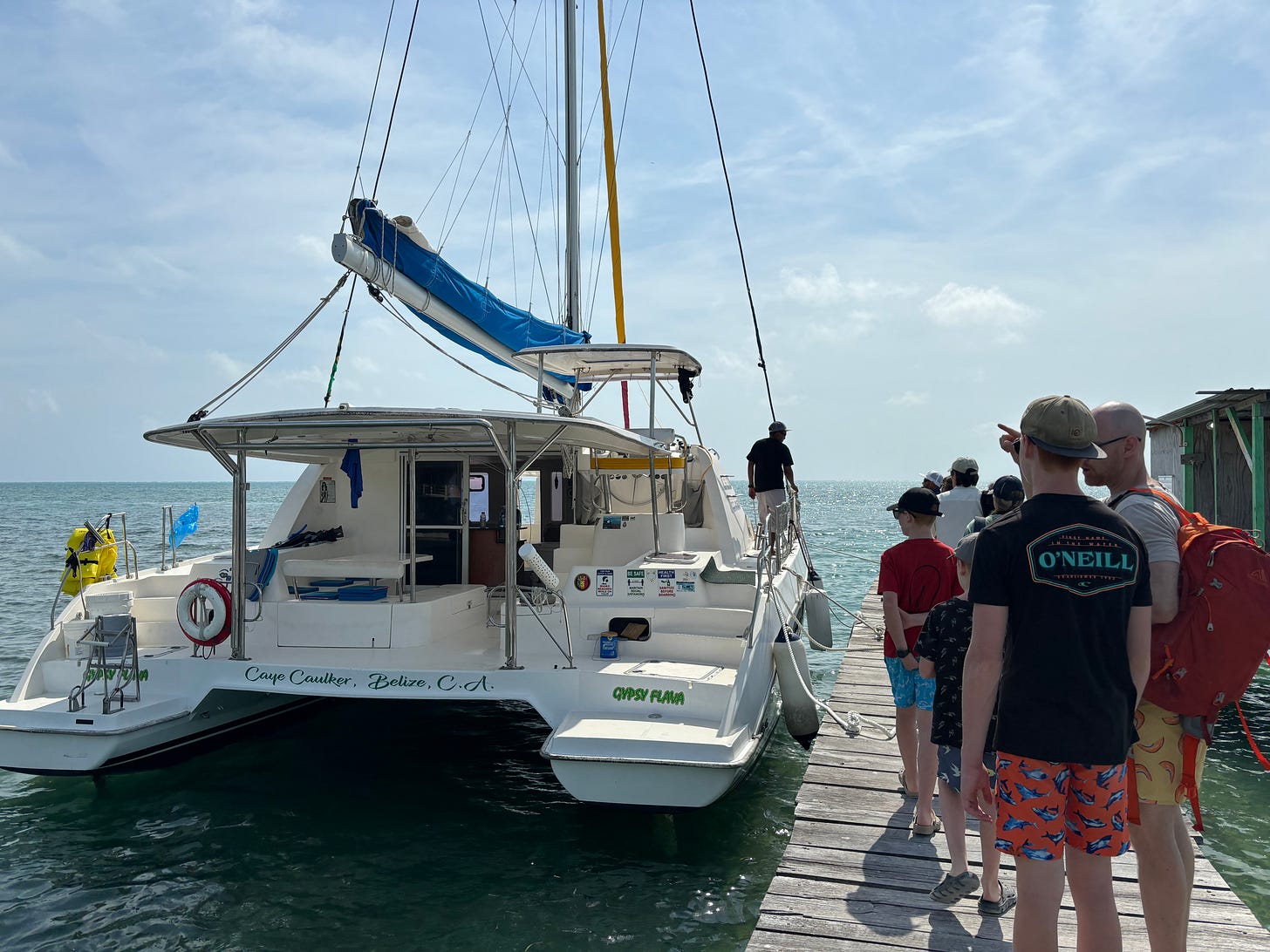
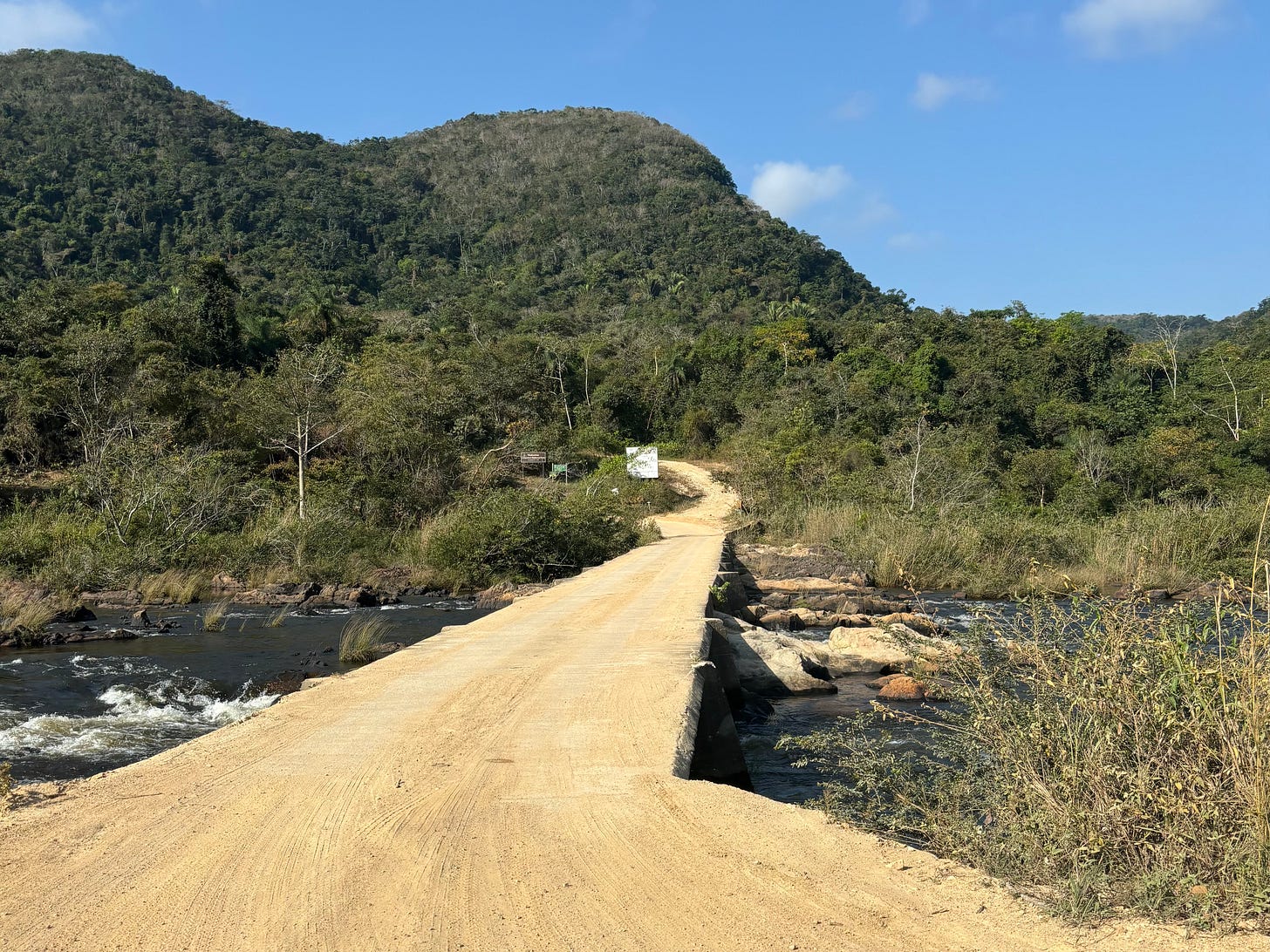

This feels like such a practical, accessible approach to travel. May I ask how early you were able to implement this kind of flexibility in planning with family trips? Right now we're split between toddlers and teens, and while the teens are very much down for spontaneity the toddlers are pretty hardcore in their love for routine, especially on trips. I'm curious to know how it was for you, and if you waited to travel as a family till your youngest had reached a particular age.